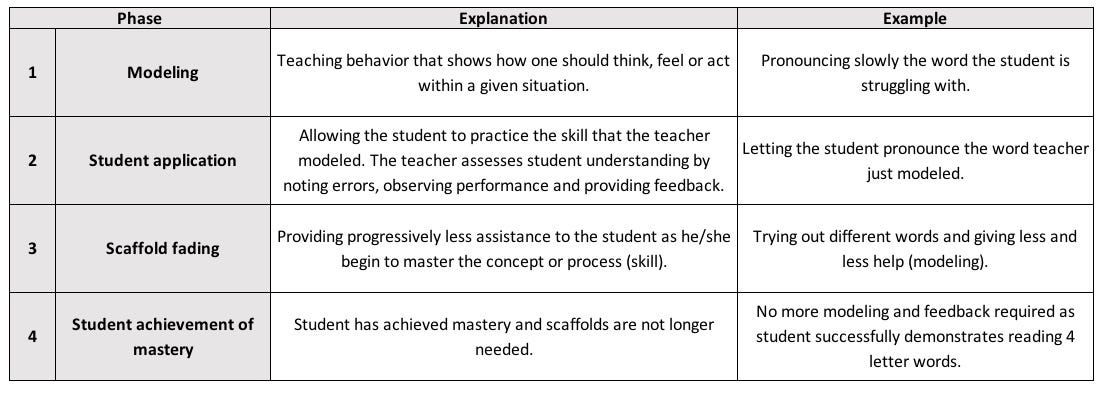

Vygotsky believed that educators should help students learn within their ZPD so that they can increase their skills and knowledge without becoming frustrated by things that are currently too difficult for them to accomplish. Vygotsky focused his work on developmental psychology, and it was in the 1920s and early 1930s, towards the end of his career, that he developed the concept of ZPD. This is why the concept is often referred to as "Vygotsky scaffolding." Lev Vygotsky (1896-1934) was a Soviet psychologist who coined the term "zone of proximal development" and conducted many studies that led to instructional scaffolding. What's the History Behind Vygotsky Scaffolding? Scaffolding can be used to help a person of any age learn something new, but in the classroom it is most often used with younger students (preschool and elementary school) since they are learning new skills and concepts they haven't been exposed to before most frequently. Proponents of ZPD and instructional scaffolding believe they are highly effective ways to maximize a student's learning. The student's ZPD is reading and writing short words, and the teacher who helps him learn them is the scaffolding. It would have taken him much longer to learn this skill on his own, but it's still simple enough that he can understand it if he has someone to explain it to him.
#To scaffold meaning in education how to
No matter how much guidance he was given, he could never read a novel on his own at this point, but with a teacher's help, he can learn how to read and write short words like "at," "boy" and "dog" because this skill is within is ZPD. He knows all the letters of the alphabet, but he can't yet read or write words. Beyond that are skills the student can't do yet, even with help.įor example, say there is a kindergartner who is learning how to read and write. Next is the ZPD, or skills a student wouldn't be able to do on her own, but can do with a teacher or peer helping her. The smallest circle is the set of skills a student can learn on her own, without any help.


#To scaffold meaning in education series
ZPD is often depicted as a series of concentric circles.

It's the skill level just above where the student currently is. The ZPD is the set of skills or knowledge a student can't do on her own but can do with the help or guidance of someone else. Vygotsky scaffolding is part of the education concept "zone of proximal development" or ZPD. These instructors or peers are the "scaffolding" who help the student expand her learning boundaries and learn more than she would be able to on her own. The theory behind instructional scaffolding is that, compared to learning independently, students learn more when collaborating with others who have a wider range of skills and knowledge than the student currently does. Instructional scaffolding, also known as "Vygotsky scaffolding" or just "scaffolding," is a teaching method that helps students learn more by working with a teacher or a more advanced student to achieve their learning goals. Read this guide to learn what scaffolding and the zone of proximal development are, what the scaffolding psychology is, if studies have found these teaching methods to be effective, and how you can use these methods in the classroom to promote learning. However, Vygotsky scaffolding is only effective if you know how to properly implement it otherwise it can actually hinder a student's learning. It may sound like a construction term, but Vygotsky scaffolding and the related concept of the zone of proximal development are teaching methods that can help students learn much more information much more quickly than they would with traditional instruction. If you're an educator or have a student in school, you may have heard of the concept Vygotsky scaffolding.


 0 kommentar(er)
0 kommentar(er)
